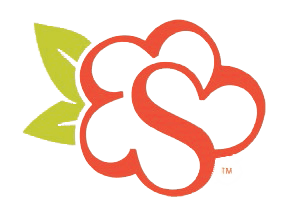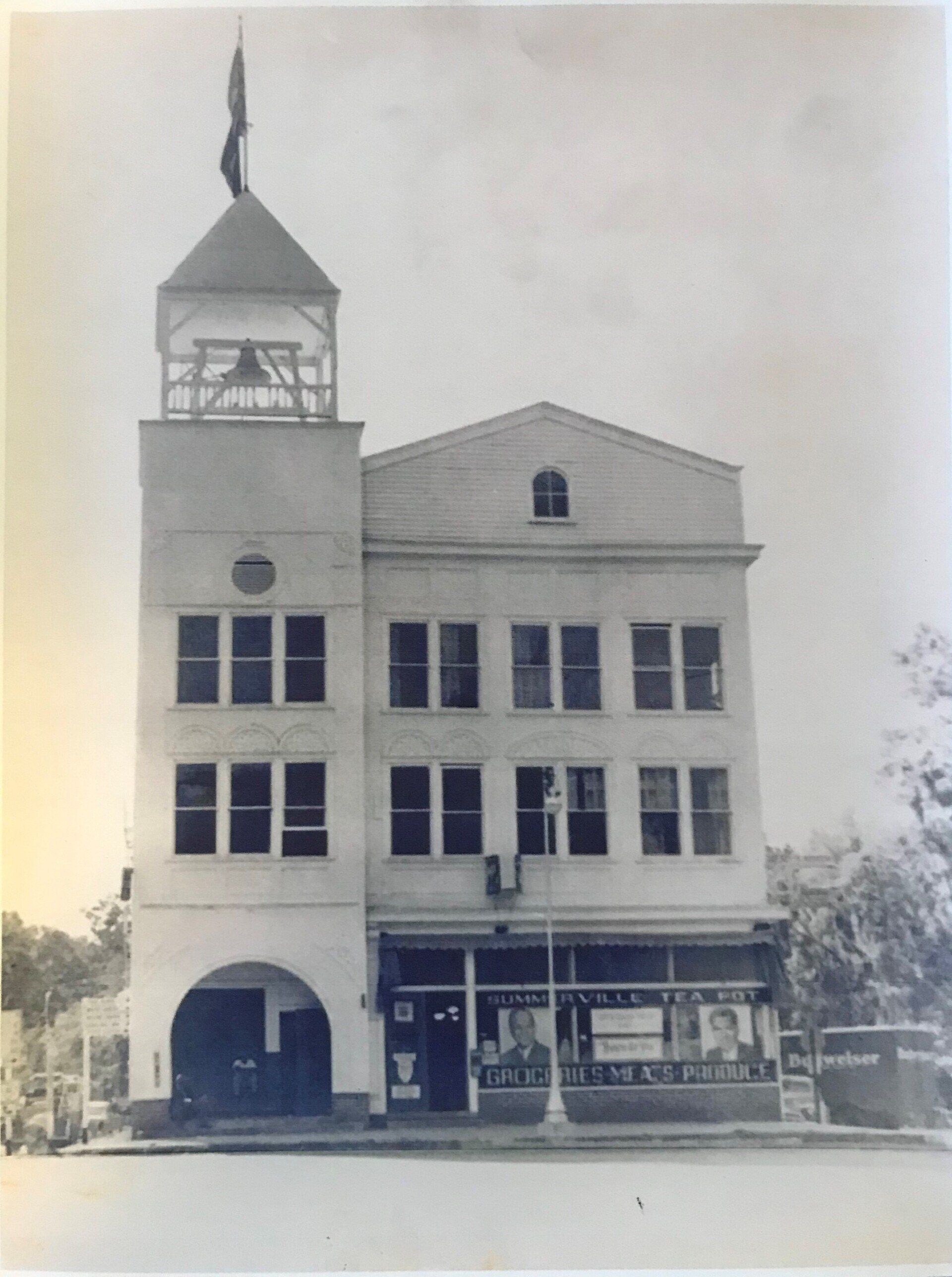
#6Town Hall
200 S. Main Street
Listen to the Audio
Town Hall
In 1892, a large Town Hall was erected on the present site at Hutchinson Square. It stood three stories high with a bell tower connected alongside. The architecture of the modern Town Hall, erected in 1969 after the storm-damaged previous town hall was demolished, recalls the structure which stood on Hutchinson Square at the same site for almost a century. The bell of the tower was originally installed at Porter Military Academy in Charleston. Rev. Toomer Porter, the founder of the school for boys and a resident of Summerville, arranged for the bell’s transfer. The bell was rung to mark the hours of the day as well as to raise a fire alarm and direct the volunteers to the fire site.
Town Hall
• The architecture of the modern Town Hall (erected in 1969) recalls the structure which stood on Hutchinson Square at the same site for almost a century. But other Town Halls preceded it.
• The first town hall was probably a one-room wooden structure near the intersection of Central Ave. and W. Carolina Ave. It was where the earliest civic meetings of the original settlers occurred, along with card games and dances. It had fallen into disrepair by the 1830s.
• Just before the Civil War (c. 1860), the structure known as “Old Town Hall” was erected on W. Carolina Ave. at Congress St. It had a cupola with a bell initially; today it serves as the home for the Summerville Preservation Society.
• In 1892, a large Town Hall was erected on the present site at Hutchinson Square. It stood three stories high with a bell tower connected alongside. Some of the classic photographs of Hutchinson Square were taken from the bell tower.
• The bell of the tower was originally installed at Porter Military Academy in Charleston. Rev. Toomer Porter, the founder of the school for boys and a resident of Summerville, arranged for the bell’s transfer.
• The bell was rung to mark the hours of the day as well as to raise a fire alarm and direct the volunteers to the fire site. There was a fine for unauthorized ringing of the bell.
• A town physician (Dr. Louis Miles) gladly paid the fine after ringing the bell to announce the birth of his child. He did this again with the birth of his second child.
• Today the bell is in a place of honor at Porter-Gaud School in Charleston.
• Occupying much of the first story of the building was the “Tea Pot Grocery.”
• The signature tea pot logo was a three-dimensional pot which was prominently suspended above the entrance of the store in Town Hall.
• The Tea Pot began as a grocery on Central Avenue, established by Henry Peters who came to Summerville for health reasons. The Tea Pot was known as a gourmet food supplier, catering mostly to the wealthy visitors to the inns. Henry Peters’ son, Albert, worked in the store as a 10-year-old and eventually became the owner and the mayor of Summerville.
• In the 1940s, upstairs rooms of the building were used for draft board meetings and a natural history museum featuring contributions from the town naturalist, Edmund Cuthbert. Theatrical and musical productions (i.e., “the Opera House”), and assemblies, including graduations were all part of Town Hall’s history.
• Immediately behind Town Hall was the fire department building. Before fire hydrants were installed in the 1930s, “Fire Bucket Houses” were shed structures like privies, spread around town for use by the volunteer fire department.
• In the early 1960s the storm-damaged Town Hall of 1892 was declared “unsafe for public assembly” and so, it was demolished. The modern building was completed by 1969.



